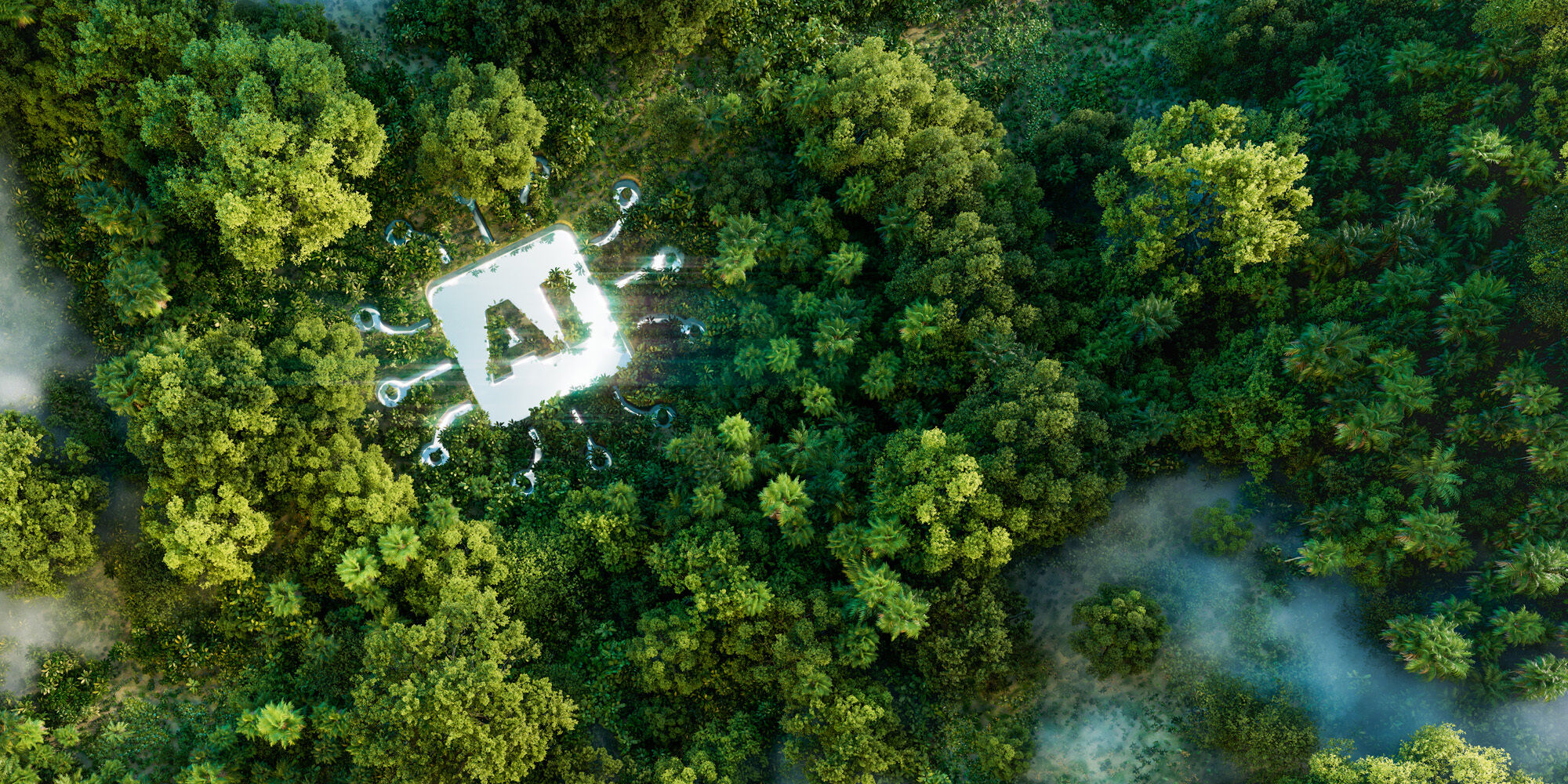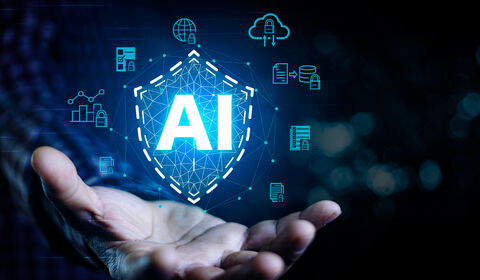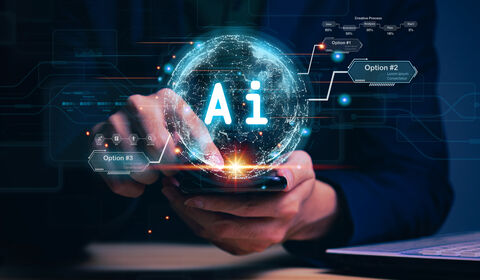Climate risk is continuously crucial due to its evolving nature. Global warming, deforestation and other kinds of human activities (primarily through the release of greenhouse gases and other pollutants) are creating an impact on the climate, presenting a multi-faceted threat which is affecting our ecosystem.
AI can certainly be a powerful tool to help mitigate some of these risks. It has the potential to help improve processes and augment other technologies in the fight against climate change.
Assessing climate risk accurately is extremely complex and relies on collecting, organizing and analyzing enormous amounts of data—all evolving rapidly. AI could allow organizations, researchers and decision-makers to leverage this data much faster and with greater accuracy than ever before. Specifically, there are four key areas where AI could make a significant difference.
Prediction and analytics
The risks of climate change are constantly evolving making it hard for decision-makers in every sector to maintain effective climate policies. For climate solutions to be effective, they will need to keep pace with climate risks that are constantly changing.
AI can help researchers stay ahead of climate risk and give them the insights they need to predict weather patterns, changes in the environment and extreme events more accurately. With these insights, mitigation efforts could be deployed much earlier — providing better opportunities for preparation and response.
Resource optimization
It’s going to take a massive number of resources to improve preparedness and response to catastrophes. This makes resource optimization critical for both relief organizations and tech companies working toward green solutions.
The effects of climate change could impact essential resources like water, energy and waste. As the global economy transitions away from carbon-based production, fresh solutions will be needed to smooth this change and build the future. AI can help disaster relief organizations improve the allocation and optimization of valuable resources.
Additionally, AI could be a catalyst for innovation in the green technology space. While preparedness will be critical to mitigate climate risks, creating innovative solutions that can help repair the environment are another important piece of the puzzle. AI can be leveraged to help tech firms design energy efficient solutions like windmills and solar devices while reducing costs.
Monitoring and detection
As climate change drives extreme events — like natural disasters, forest fires and droughts — the ability to consistently monitor these environmental risks becomes crucial. With AI, continuous monitoring of environmental conditions and detection of these changes is possible.
For instance, as the planet heats up, the risk of forest fires exponentially increases. Controlled burns can help quell wildfires and keep destruction to a minimum but are becoming harder to manage due to increasingly arid conditions. Organizations could leverage AI to monitor changes in these burns to detect and halt wildfires before they get out of hand.
Early detection and control over emissions will also play a key role in climate risk preparedness. In addition to carbon monoxide, methane gases are also contributing to the heating of the planet. Scientists and researchers need as much information as they can to create effective climate models. AI can improve the accuracy of these models by helping to track warming in near-real time.
Policy enforcement
AI can also support the enforcement of environmental policies, including monitoring compliance and reporting any kind of violations. Addressing climate risks will take significant policy changes that will undoubtedly transform the way to the way we do business.
Organizations can leverage AI to help enforce new policy changes across their enterprise quickly and efficiently. Additionally, organizations can utilize AI to keep pace with shifting regulations to ensure they are meeting the highest standards of compliance.
How AI can help insurers mitigate climate risks
At Crawford, we're focused on the role of AI in claims automation. After major events like hurricanes, carriers typically face thousands upon thousands of claims. We harness AI in our product innovation space, with a vision to transform the claims process.
Our generative AI technology can rapidly assess claim coverage against document evidence and cross-check it with policy terms. This aids desk adjusters in making informed decisions and streamlines the entire claim process, thereby cutting down on administrative overheads.
For example, intelligent triage within our Digital Desk platform allows desk adjusters to route and manage alternative inspection channels more efficiently. This not only speeds up property claim resolutions but also ensures policyholders are engaged and informed throughout the claim lifecycle, culminating in a best-in-class customer experience.



